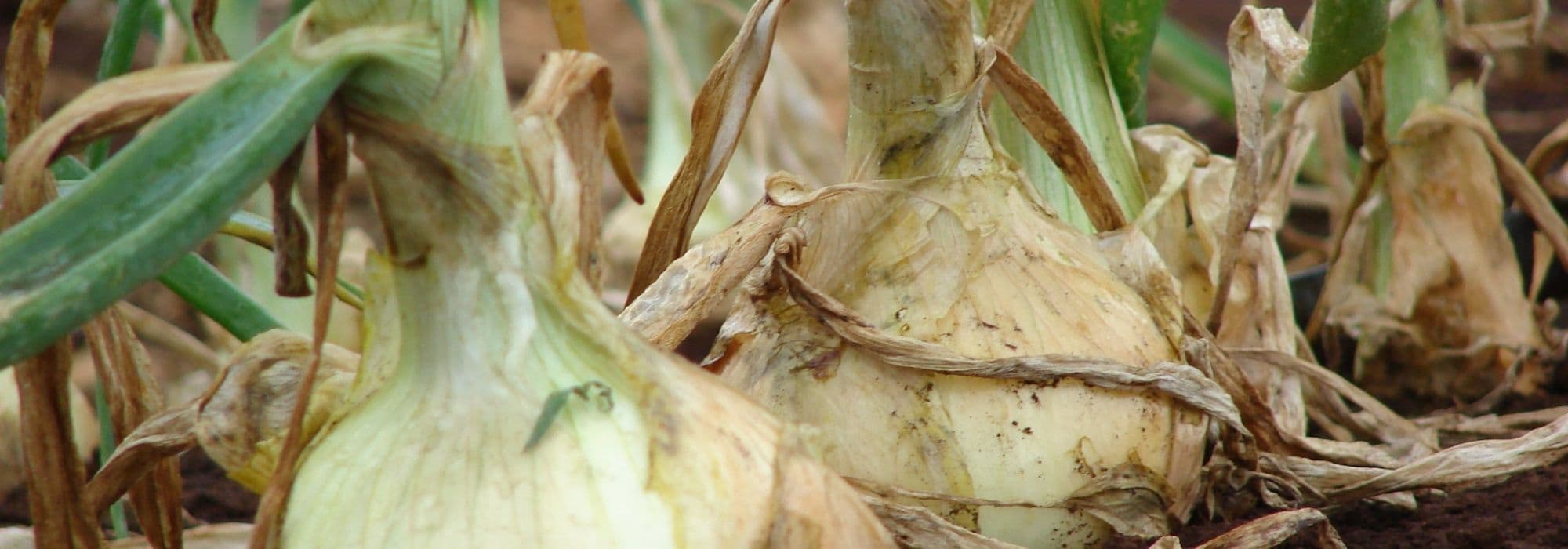
Onion diseases and pests
Everything you need to know to prevent and naturally combat onion diseases
Contents
Member of the Liliaceae family, the onion (Allium cepa var. cepa) is cultivated for its edible bulbs, which come in white, red, pink, or yellow varieties. Whether for early or storage cultivation, the onion remains a resilient plant if its growing conditions are respected. It is recommended to apply crop rotation every 3 to 5 years. Additionally, do not plant them after Fabaceae and avoid enriching the soil with fertiliser, as onions are sensitive to excess nitrogen. Finally, onions and carrots make good companions, repelling each other’s respective flies.
If, despite all these precautions, signs of diseases or pest attacks appear, the key to effective control is to recognise them. Discover with us how to identify, prevent, and combat the main pests and diseases of onions.
Onion fly and its larvae, invisible enemies
Nothing really distinguishes the onion fly (Hylemya antiqua or Delia antiqua) from a housefly. It measures 6 to 7 mm and is yellowish-grey in colour. Its larva is white. The flies hover over the vegetable garden from mid-April to May, with females laying their eggs in young onions or nearby in the soil. The larvae then penetrate the bulbs, moving from one onion to another.
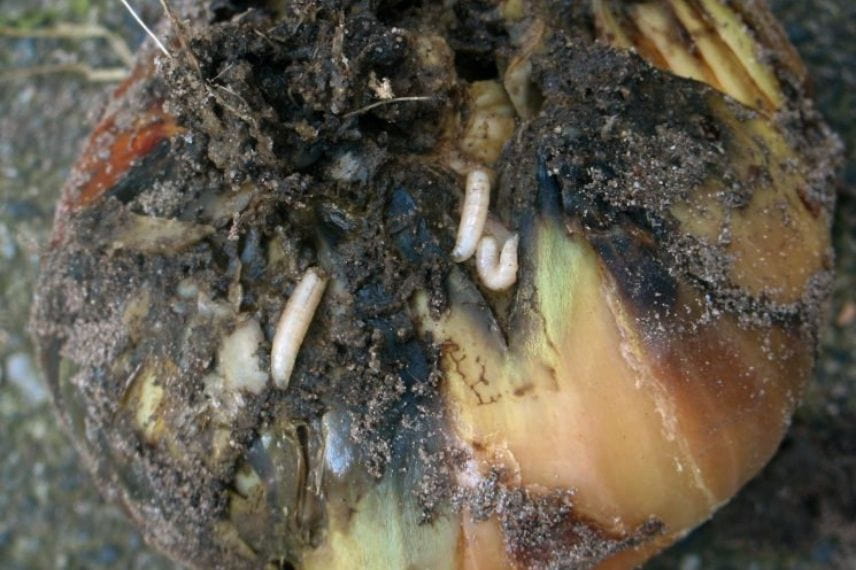
Larvae of Delia antiqua at work in an onion bulb (© Rasbak)
Symptoms
Young plants turn yellow and wilt. The foliage becomes yellowish-grey and dies, and the bulb decomposes.
Prevention
- Avoid using nettle manure, as its smell attracts onion flies
- Do not incorporate fresh manure
- Sow or plant late
- Pair onions with carrots
- Install a fine insect net during the fly’s flight period.
Control
- Spray a diluted garlic maceration at 10%
- Remove affected plants
- Turn the soil in winter to expose dormant insects to birds.
Onion thrips, the heat insect
Thrips attacks occur during hot summers. These are insects measuring 1 to 2 mm in length, yellowish-brown or black, that hibernate on plant debris. The larvae are light in colour and live on the underside of leaves.
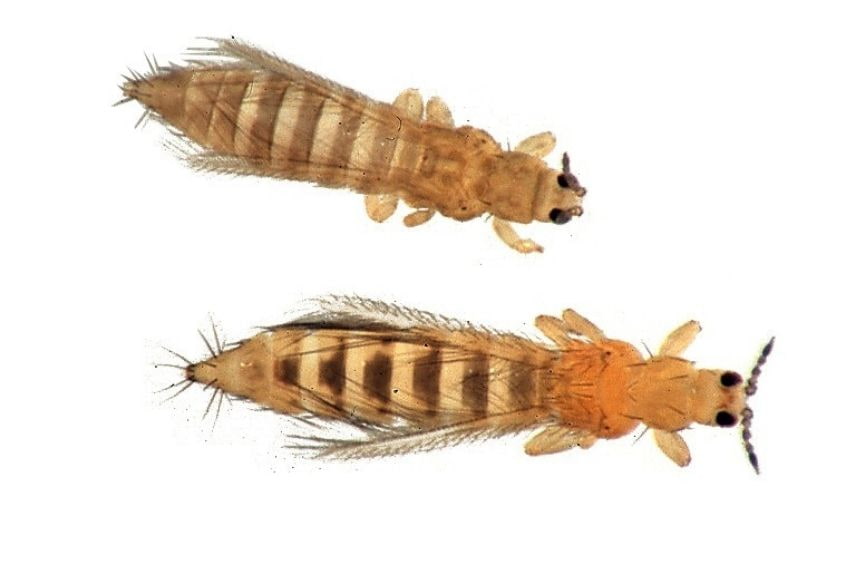
Onion thrips (©University of Georgia)
Symptoms
Small pale green then silver and streaked spots form on onions, and the leaves dry out. The disease may spread to other plants.
Prevention and control
- Sow and plant early, especially after a mild winter
- Spray the leaves, particularly the underside, with a jet of cold water
- Cut off the affected stems
- Hoe and weed to eliminate weeds
- Spray a pure elder leaf decoction.
Discover other Onion seeds
View all →Available in 1 sizes
Available in 1 sizes
Available in 1 sizes
Available in 1 sizes
Available in 1 sizes
Available in 1 sizes
Available in 1 sizes
Available in 1 sizes
Available in 1 sizes
Available in 1 sizes
Eelworms, destructive nematodes
The stem and bulb eelworm (Ditylenchus dipsaci) is a tiny worm that invades the young tissues of onions during germination. It then penetrates the upper parts. This nematode can survive for years in the soil, even in the absence of a host plant.
Symptoms
The leaves of young plants curl, deform, and swell. The plants develop poorly and turn blue, and the leaves become thick. As for the bulbs, they take on a waxy and opaque appearance. The roots eventually rot just like the plants.
Prevention and control
- Clean and disinfect planting equipment
- Plant carrots nearby
- Destroy affected plants
- Avoid growing onions as well as peas and beans for at least 3 years on the infested plot.
Read also
Planting garlic, shallots and onionsFusarium wilt or fundamental rot
Plateau fusariosis is a disease that develops during hot summers. It is transmitted by a fungus (Fusarium oxysporum sp. cepae) inherent to the soil that can survive for many years. However, it requires a soil temperature of 25 °C to develop. Damage is concentrated at the roots or the base of the bulb. The disease continues to progress during the storage of onions.
Symptoms
Yellowing of the leaf lamina is the first symptom. The lamina and the entire plant twist and curl. Subsequently, the leaves die starting from the tip. As for the roots, they rot.
Prevention and control
- Strictly adhere to a crop rotation cycle of at least 4 years, or longer
- Sow early
- A good soil structure reduces susceptibility
- When the disease is confirmed, burn the affected plants
- Limit storage duration and maintain a temperature below 4 °C.
Rust, a regular disease in certain regions
Onion rust is caused by the fungus Puccinia allii, which overwinters on infected plants, infects new young plants in spring, and develops in August-September. Spores are dispersed by the wind. High humidity and moderate temperatures, overly dense plantings, and excess nitrogen promote the disease.
Symptoms
Numerous spots, round or elongated, strongly coloured orange, appear on both sides of the leaves. The leaves become covered in cracks, and the plants take on a light green colour.
Prevention and control
- Thoroughly remove infected plants before replanting in spring.
- Avoid sowing or planting too densely.
- Prevent excessive applications of fertiliser, compost, or manure.
- Dispose of all potentially infested plant debris.
- Thoroughly clean and disinfect gardening tools.
To learn more about rust and how to combat it, consult Pascal’s article: “Getting Rid of Rust Disease.
Onion downy mildew, the disease of wet years
Downy mildew affects many vegetable plants in wet years, and onions are no exception. It is specifically the fungus Phytophthora porrum that transmits downy mildew in onions. It is present in the soil, and when raindrops bounce off the ground, it contaminates the plant. Generally, the disease develops mainly in impoverished and poorly drained soils.
Symptoms
White-yellowish spots appear on the upper side of the leaves, and a white to grey felt develops on the underside.
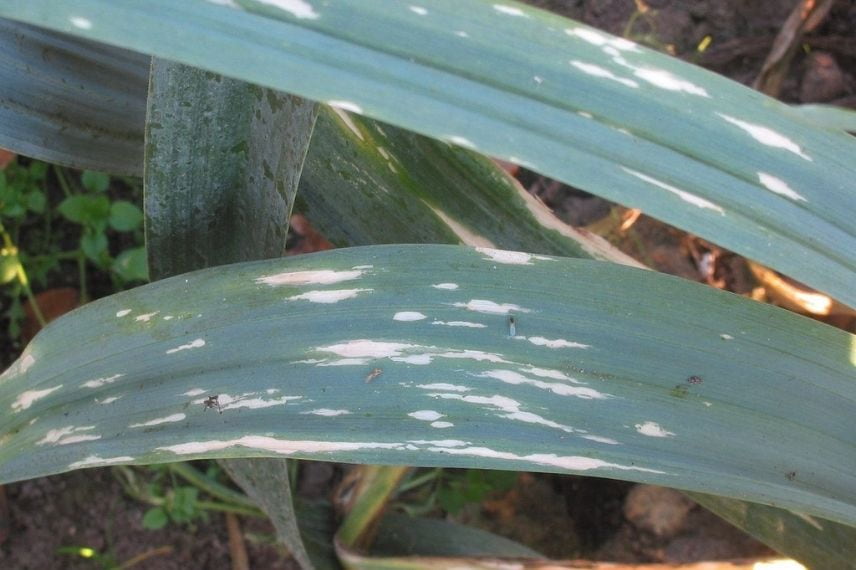
In onions, as in leeks (our illustration), downy mildew is caused by the fungus Phytophthora porrum (© Rasbak)
The tips of the leaves die, followed by the entire leaves. Onion growth is interrupted, bulbs remain small, and storage is poor.
Prevention and control
- Avoid water pooling
- Avoid planting too densely to ensure good aeration
- Carry out preventive treatments with horsetail decoction and/or Bordeaux mixture
- Maintain a crop rotation cycle of 5 years
- Remove infested leaves at the first signs of the disease
The anthrax disease, specific to regions with a temperate climate
Black rot is yet another cryptogamic disease caused by the fungus Urosystis capulae. It most often affects onions that have been sown directly and targets young plants. The spores of this fungus can survive for 15 years in the soil and spread very easily by all natural or mechanical means. The disease develops at temperatures between 10 and 22 °C and declines beyond that.
Symptoms
Black, slightly swollen spots and striations appear on the lobes and the first leaves. These leaves become distorted and thickened. The black spots and striations burst to release the spores. The plants suffer from stunted growth, with some dying.

Black rot on an onion (©Howard F. Schwartz)
Prevention and control
- Pull up and burn affected bulbs
- Implement a strict crop rotation of at least 4 years
White rot, one of the most harmful diseases
The fungus responsible for white rot disease (Sclerotium cepivorum) survives in the soil or on plant debris for several years. It germinates as soon as onions are planted! The disease spreads very quickly through the root system, and from one plot to another, via tools or plant material.
Symptoms
Leaves become covered with white mycelium and turn yellow. The mycelium is also present on the root system of the bulb. Subsequently, black sclerotia develop on the infested parts. Bulbs soften and rot, the plant dies quickly.
Prevention and control
As there is no cure, prevention is key. The main goal is to prevent the spread from starting. It is therefore essential to disinfect tools and equipment, and to inspect bulblets before planting. As a preventive measure, bulbs can be treated with a very weak Bordeaux mixture.
If the disease is confirmed, it is urgent to uproot and destroy all infested onions to prevent inevitable spread.
Diseases that occur during storage
Some diseases only arise after harvest, during the storage period which, let’s remember, should take place in a dark, cool, dry, and airy place. Storage must be monitored to remove any onions showing the first signs of mould or rot.
Onion rot or botrytis
Onion rot only manifests during storage. The responsible fungus, Botrytis sp, enters the onion in late summer, during warm and humid weather, from the foliage. Mechanical injuries promote infection. Specifically, the upper part of the bulb softens. Then, a grey felt with black spots develops.
To prevent the development of this disease, it is advisable to dry the onions well before storage, to remove any damaged or bruised bulbs, and to clear away onion debris from the storage area. Preventively, the soil and plants can also be treated with horsetail decoction.
Collar rot
This very common disease is caused by a fungus that overwinters on decaying plant debris or in the soil. It often goes unnoticed as no symptoms are apparent during the growth of the onion. The disease primarily spreads during humid periods.
Specifically, the collar of the bulbs becomes soft and the scales turn brown, grey, or black. Subsequently, the disease spreads throughout the bulb, which eventually shrivels. A grey rot adorned with large sclerotia covers the entire bulb.
To prevent the disease, it is crucial to remove all plant debris and to harvest at the right time, that is, when it is dry. At least 50% of the foliage should be dry. Be sure to dry the onions well after harvest and remove those with scratches. As for the storage area, it should be well-ventilated.
- Subscribe!
- Contents
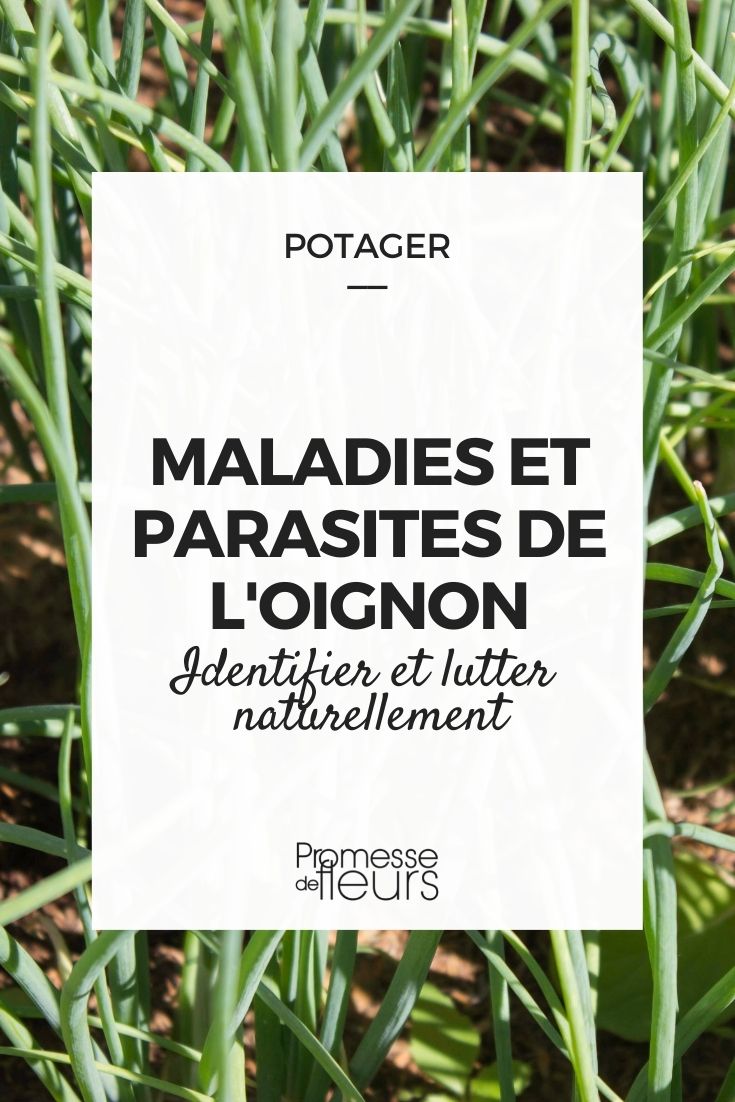































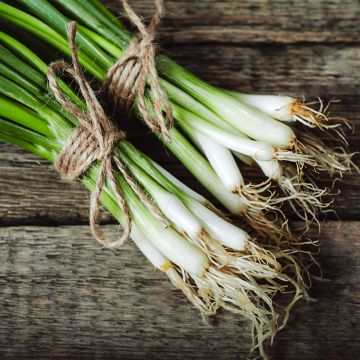
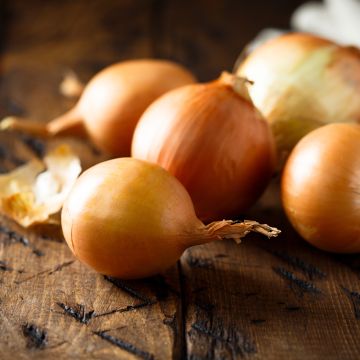
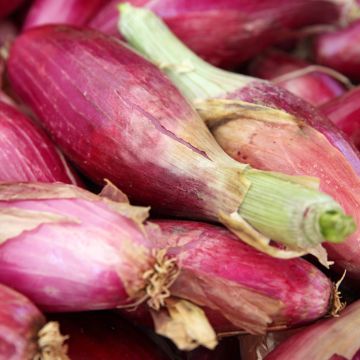
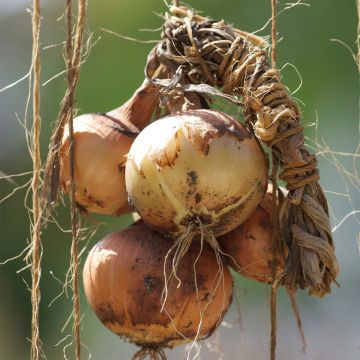





Comments